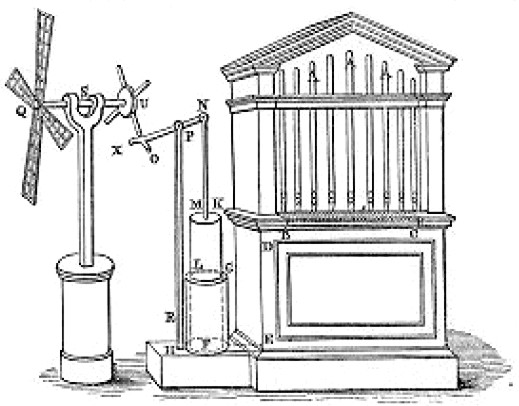So, I serendipitously ended up in a class on technological development. 40% of the grade is based on a report on one of three choices:
a) a past technology
b) an alternative to a past technology
c) a future technology
Take a stab at which I'm going to choose.
(though the future one would interesting, too)
Anyway, as you might have guessed, I'm planning on doing my paper on Heron and his aeolipile, and how to make the jump from it to a true steam engine (unless you guys have an utterly irresitable alternative). So, I ask you guys what you think of this idea, if you know any good sources, what problems you see with this idea (not the paper, but the actual progress), etc. I don't think I'd be able to have Heron himself devise a true steam engine, how long do you guys think it would take for someone to develop one?
a) a past technology
b) an alternative to a past technology
c) a future technology
Take a stab at which I'm going to choose.
(though the future one would interesting, too)
Anyway, as you might have guessed, I'm planning on doing my paper on Heron and his aeolipile, and how to make the jump from it to a true steam engine (unless you guys have an utterly irresitable alternative). So, I ask you guys what you think of this idea, if you know any good sources, what problems you see with this idea (not the paper, but the actual progress), etc. I don't think I'd be able to have Heron himself devise a true steam engine, how long do you guys think it would take for someone to develop one?
